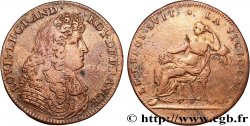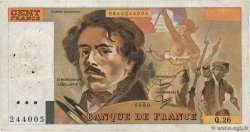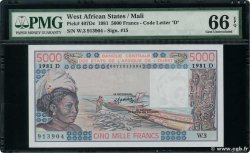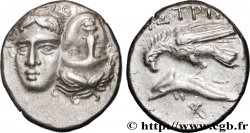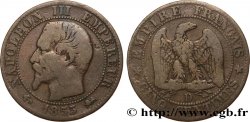E-auction 220-145296 - fjt_395046 - LOUIS XIV LE GRAND ou LE ROI SOLEIL Revers de Charles de Laubespine n.d.
得先注册又得到批准才可以报价。为了报价注册. 客户应该得到公司允许,那种过程需要 48 个小时。别等出售结束那一天才登记。您报价的话等于您赞成买那物品,而且按« 保价 » 证明您接受 cgb.fr 因特网拍卖使用法.
报价时只可以出全数值欧元总额。物品描述也说明销售结束时间,结束后出价都不会生效。 报价命令转达有时变动,等到最后秒钟增加否决的可能会。想多了解的话请注意 因特网拍卖常问
购货人不付费
购货人不付费
| 估算 : | 10 € |
| 价格 : | 3 € |
| 最高出价 : | 3 € |
| 拍卖结束日期 : | 03 July 2017 18:23:00 |
| 竞拍人 : | 2 竞拍人 |
种类 Revers de Charles de Laubespine
日期: n.d.
铸币厂名称/城市 s.l.
材质 brass
直径 27 mm
模子方针 6 h.
重量 6,28 g.
侧面 lisse
稀少度 R1
出版目录中的项代码 :
正面
正面的说明书 Buste à droite de Louis XIV.
背面
背面的文字 FLORET REDIVIVA VIGETQVE.
背面的说明书 Aubépine remplissant le champ.
背面的翻译 Elle fleurit de nouveau et retrouve sa vigueur.
评论
Ce revers correspond au jeton de Charles de Laubespine, chancelier du roi, noble lyonnais.
mportant et intéressant article sur ce personnage dans wikipedia à http://fr.wikipedia.org/wiki/Charles_de_l%27Aubespine
Charles de L'Aubespine, marquis de Châteauneuf (1580-1653), est un homme politique français, connu par ses contemporains comme Châteauneuf ou le garde des sceaux de Châteauneuf[1].
Issu d'une vieille famille de conseillers et de secrétaires d'État, il est le petit fils de Claude de L'Aubespine, baron de Châteauneuf.
Il était abbé de Préaux.
Il avait été appelé en 1611 à la direction des finances avec Jeannin et de Thou. Il avait rempli diverses missions à l'étranger : il fut ambassadeur de France en Hollande (1609), à Valtellina (1626), et en Angleterre (1629).
Fait garde des sceaux par Richelieu en 1630 après la journée des Dupes, en remplacement de Michel de Marillac, il présida les commissions extraordinaires de justice qui condamnèrent à mort le maréchal Louis de Marillac et le duc Henri II de Montmorency.
Il était actif et travailleur, et semblait le docile instrument du cardinal. Néanmoins, il ne tarda pas à trahir Richelieu pour les beaux yeux de Mme de Chevreuse[2] : il lui révéla les projets de Louis XIII sur la forteresse lorraine de Moyenvic, et la duchesse en informa aussitôt Charles IV (1633). Le cardinal lui ôta alors les sceaux pour les donner à Séguier[3], et le fit jeter dans une prison du château d'Angoulême tandis que Mme de Chevreuse était exilée en Touraine.
Libéré à la mort de Louis XIII (1643), il participa à la cabale des Importants menée par la duchesse de Chevreuse contre Mazarin et fut de nouveau éloigné dès 1645.
Cependant, grâce au crédit de Mme de Chevreuse, Anne d'Autriche lui rendit les sceaux en mars 1650 mais les lui retira en avril 1651 et l'exila, à l'occasion du rapprochement provisoire entre Mazarin et de la Vieille Fronde[4]. Il réussit cependant à entrer au conseil après la majorité du jeune Louis XIV, mais il s'y trouva sans crédit à cause de ses intrigues passées et préféra se retirer au début de 1652, peu de temps avant de mourir à Leuville-sur-Orge (Essonne) (1653)..
mportant et intéressant article sur ce personnage dans wikipedia à http://fr.wikipedia.org/wiki/Charles_de_l%27Aubespine
Charles de L'Aubespine, marquis de Châteauneuf (1580-1653), est un homme politique français, connu par ses contemporains comme Châteauneuf ou le garde des sceaux de Châteauneuf[1].
Issu d'une vieille famille de conseillers et de secrétaires d'État, il est le petit fils de Claude de L'Aubespine, baron de Châteauneuf.
Il était abbé de Préaux.
Il avait été appelé en 1611 à la direction des finances avec Jeannin et de Thou. Il avait rempli diverses missions à l'étranger : il fut ambassadeur de France en Hollande (1609), à Valtellina (1626), et en Angleterre (1629).
Fait garde des sceaux par Richelieu en 1630 après la journée des Dupes, en remplacement de Michel de Marillac, il présida les commissions extraordinaires de justice qui condamnèrent à mort le maréchal Louis de Marillac et le duc Henri II de Montmorency.
Il était actif et travailleur, et semblait le docile instrument du cardinal. Néanmoins, il ne tarda pas à trahir Richelieu pour les beaux yeux de Mme de Chevreuse[2] : il lui révéla les projets de Louis XIII sur la forteresse lorraine de Moyenvic, et la duchesse en informa aussitôt Charles IV (1633). Le cardinal lui ôta alors les sceaux pour les donner à Séguier[3], et le fit jeter dans une prison du château d'Angoulême tandis que Mme de Chevreuse était exilée en Touraine.
Libéré à la mort de Louis XIII (1643), il participa à la cabale des Importants menée par la duchesse de Chevreuse contre Mazarin et fut de nouveau éloigné dès 1645.
Cependant, grâce au crédit de Mme de Chevreuse, Anne d'Autriche lui rendit les sceaux en mars 1650 mais les lui retira en avril 1651 et l'exila, à l'occasion du rapprochement provisoire entre Mazarin et de la Vieille Fronde[4]. Il réussit cependant à entrer au conseil après la majorité du jeune Louis XIV, mais il s'y trouva sans crédit à cause de ses intrigues passées et préféra se retirer au début de 1652, peu de temps avant de mourir à Leuville-sur-Orge (Essonne) (1653)..







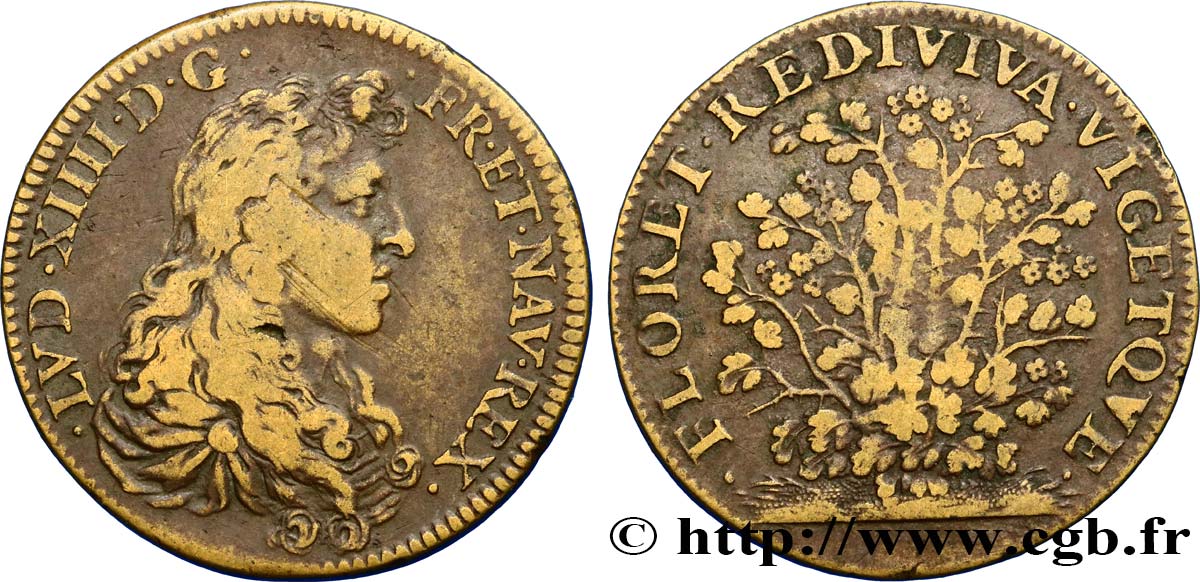
 对产品描述纠错
对产品描述纠错 打印
打印 分享我的选择
分享我的选择 提问
提问 Consign / sell
Consign / sell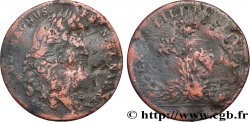
 产品介绍
产品介绍
